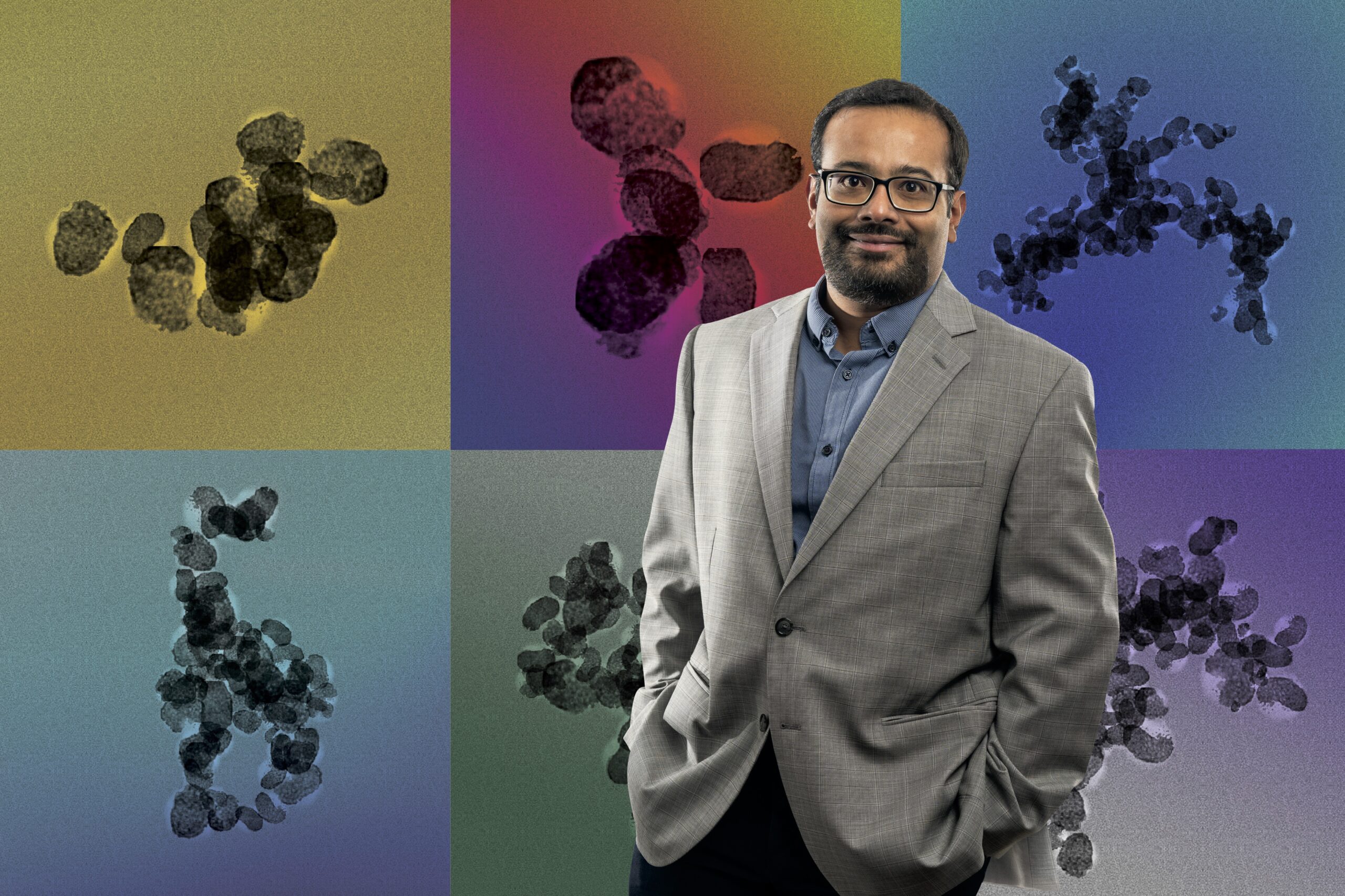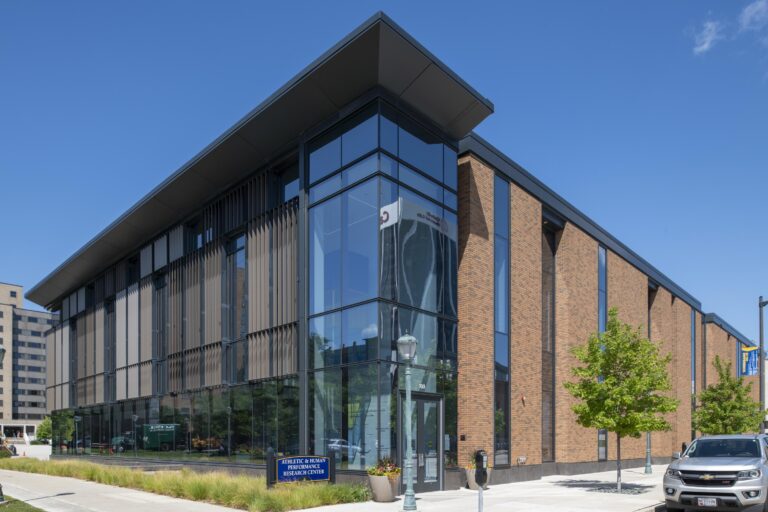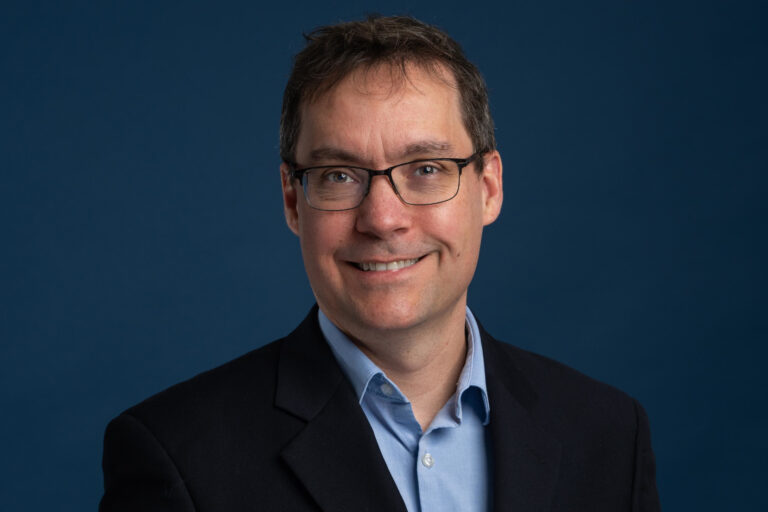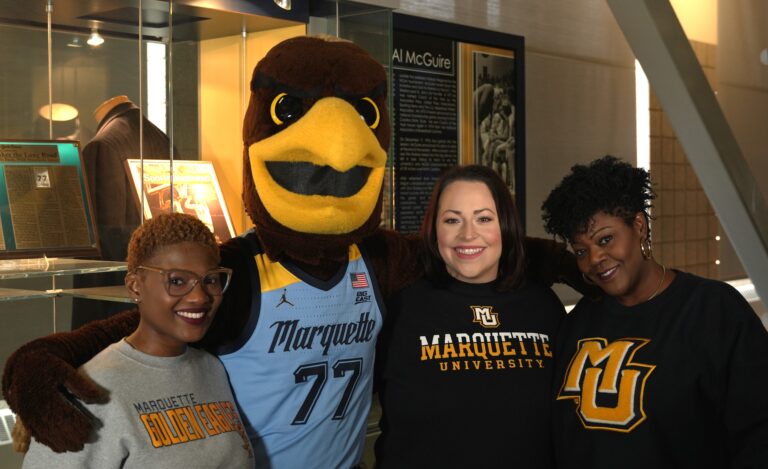Dr. Somesh Roy had his first meaningful encounter with soot just a couple months after his birth.
In West Bengal, India, where he was born in the early 1980s, it was tradition to adorn a baby with kohl, a mascara accentuating the eyes and fresh newborn face. Though he doesn’t remember that initiation, the makeup certainly contained soot as a primary ingredient.
Some years later as a 6-year-old, Roy would spend hours after dark by candlelight in his rural home that lacked electricity. As he pored over a particular book revealing ancient cave paintings, the primary pigment of which was soot, he wanted to be a historian.
Today Roy, an associate professor of mechanical engineering, explains with amusement how soot also was the ingredient giving a yellow hue to the glow of his reading candles. He can now rattle off countless other practical properties (and mysteries) surrounding this universal black compound, which seldom gets the limelight. Though Roy is changing that.
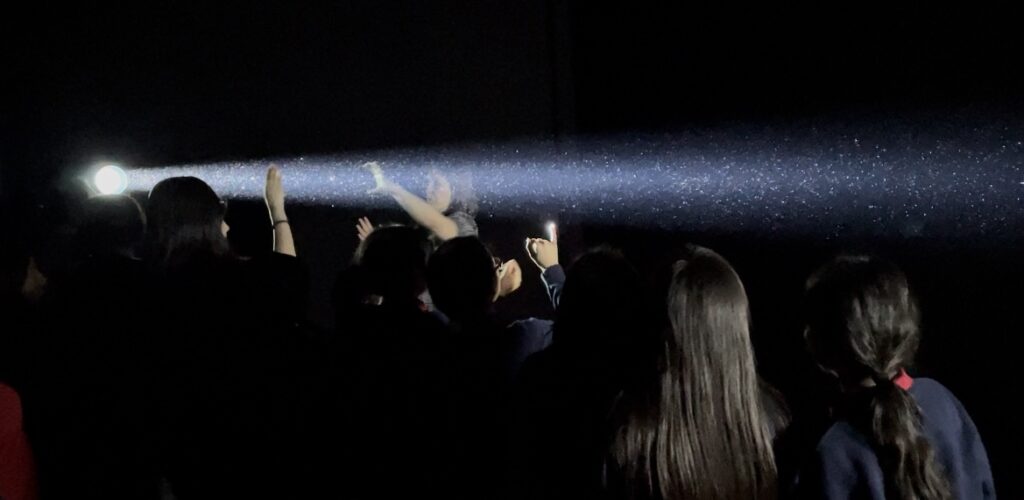
Graduate work at Penn State launched Roy into the fine-tuned world of soot modeling and combustion dynamics, which remains a cornerstone of his life in the lab. But the closer he zooms in to soot’s molecular makeup and behaviors, the more he sees its macro influence across the whole planet and human history. After all, this same compound that generated some of humanity’s earliest known artistic expressions is formed every time a fossil fuel engine fires up — and it’s now the second biggest driver of human-induced climate change. Such a pervasive compound, Roy has come to believe, warrants attention at myriad levels. That’s why he is now expanding his expertise into public art and outreach as well as cutting-edge engineering science, with rare cross-disciplinary funding from the National Science Foundation.
Just last year, Roy landed a $550,000 CAREER grant, the NSF’s coveted top-tier funding for junior faculty members. It’s an award to encourage the most promising STEM researchers in academia to pursue their ideas. Roy is using it to answer key scientific questions that consume him, such as, How exactly does soot form?
“Chemically, we still don’t really know what soot’s exact composition is,” Roy says. Answering that could spark vital innovations to control climate-altering emissions. But the grant doesn’t end there.
In his application, Roy proposed a five-month art exhibition at Marquette’s Haggerty Museum of Art, plus a series of other projects to engage the public about soot. NSF agreed to fund these too, leading to the “Entangled Air” exhibition at the start of 2023. The effort featured a series of eye-catching works by Tomás Saraceno, an internationally known Berlin artist and climate activist. This combination of research and art is already creating powerful synergies — the science showing potential ways to mitigate soot’s worst hazards and the exhibition revealing troubling patterns that suggest where mitigation is needed most, including lower-income and marginalized communities where soot’s effects are most concentrated.
Roy has also partnered with organizations and agencies — including the Urban Ecology Center and the Wisconsin Department of Natural Resources. Together, they hosted a series of AirWalks this year. These educational events invited the public on hikes through urban neighborhoods and green spaces, such as Three Bridges Park in the Menomonee Valley a couple of miles from campus, armed with air sensors to collect live data and learn about the environment.
“We tried to connect the dots with local history and the local economy,” Roy says, noting that new rounds of AirWalks will be planned in the near future. “The long-term goal is to try and build a map of Milwaukee air.” Similar types of data collected by DNRs across the country informed one of Saraceno’s art pieces on display.
The walks also tangibly demonstrate Roy’s urgent message that we do not all breathe the same air. Factors such as national borders and regulations, neighborhood zoning and wildfires can all determine what pollutants you inhale day to day. And we now know that soot or smoke — known as PM 2.5 in air pollution contexts as shorthand for atmospheric particulate matter of 2.5 micrometers or less — has been directly linked to asthma and myriad other respiratory illnesses, heart attacks, strokes and cancer. This interconnected nature of the compound has nudged Roy toward a truly interdisciplinary approach to his work, bridging not only academic departments but community partners and public spaces alike.
“He has a unique way of engaging students and the community by bringing science to life,” says Katie Praedel, an air monitoring specialist with the Wisconsin DNR who has partnered with Roy.
As one example, Roy is generating awareness and questions about why the DNR’s air quality monitor at Sixteenth Street Community Health Center in Milwaukee measures the highest PM 2.5 concentrations in the state of Wisconsin. That fact surely has harsh and long-term consequences for those who live and work in the neighborhood. Roy’s work, Praedel says, is a valuable step toward equipping everyday people to take action and make valuable choices for their health.
On the micro level, back in the lab, the other thrust of Roy’s NSF-funded work addresses the chemical makeup of soot. While experts know the compound is primarily made up of carbon atoms, it remains unclear how exactly these atoms organize and what binds them together after a combustion event. “Every time you throw them together, they’re going to take a different shape. There’s a randomness associated with these chemical reactions,” Roy says, comparing soot to snowflakes.
Through atomistic modeling using Marquette’s high-powered computing cluster, Raj, he aims to map soot’s chemical origin and possibly identify some patterns. Do atomic soot components pack together around a central core, or do atom-thick sheets of carbon curve or wrap themselves into three-dimensional shapes? Do certain elements — hydrogen, oxygen or sulfur — aid or hinder the development of soot particles? He is working to find out. And with a complementary research prong, he’s creating large-scale engineering models of combustion systems to examine how soot accum-ulates and how it is emitted into our atmosphere. Addressing both matters, he says, will help advance technology that could reduce soot emissions. “We could create combustion processes that produce less soot,” he says.
In the meantime, he is certain that the unoptimized burning of fossil fuels is creating an excess of harmful soot, both visible and invisible in our lives. And he knows that addressing that problem demands a multitiered approach within and beyond the halls of research. While it’s technical and academic, Roy’s vision is also personal — for everyone who breathes. “I think of it as getting to know my enemy intimately before I can defeat it,” Roy says.

